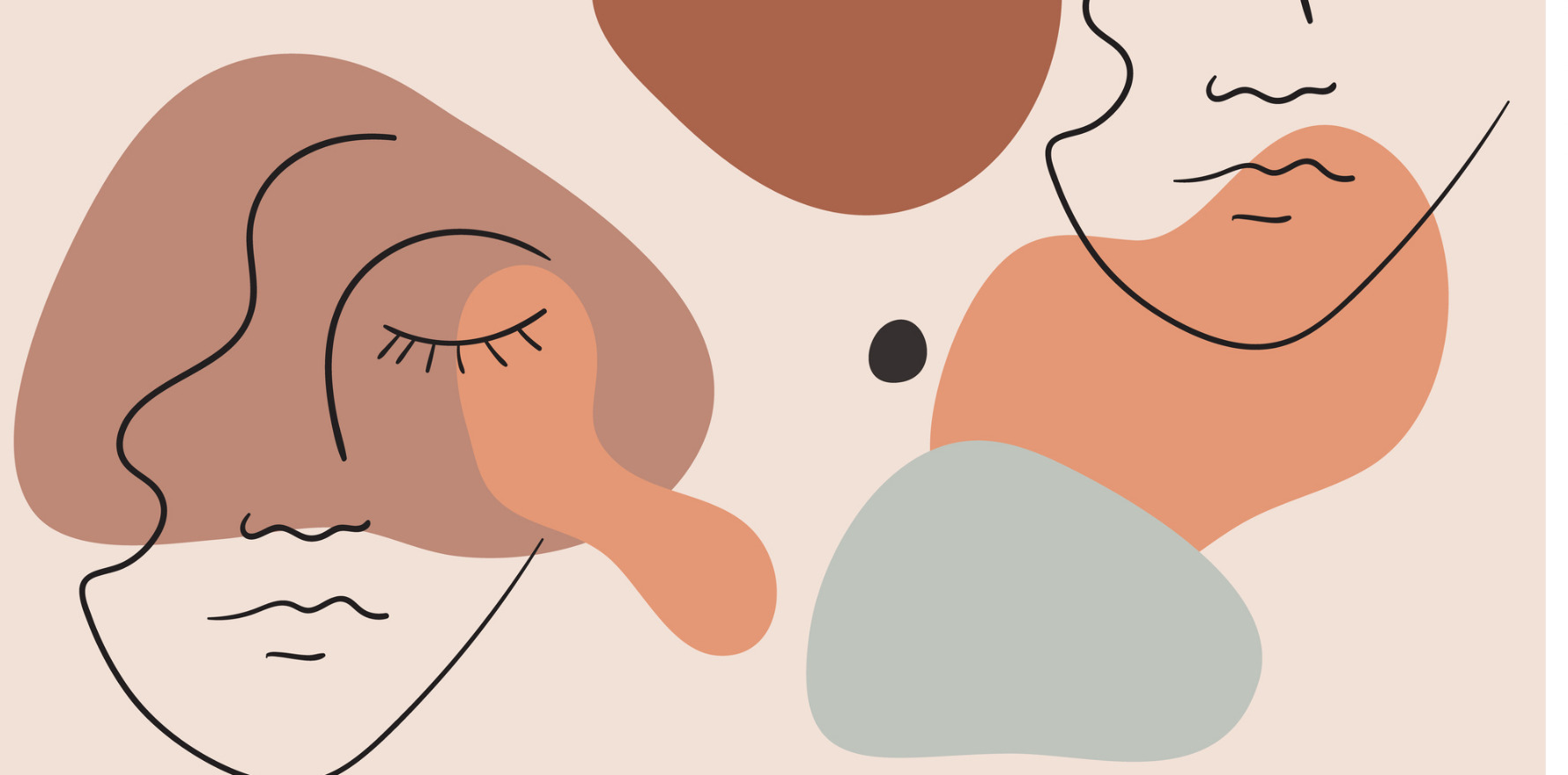Disfiguring surgery on the head and neck could be avoided with neoadjuvant cemiplimab.
Immunotherapy can remove all traces of cancer cells in many patients with resectable cutaneous squamous-cell carcinoma and could mean less need for disfiguring surgery, researchers say.
Over half of patients with high risk, resectable stage II, III or IV cutaneous squamous-cell carcinoma had no sign of a tumour following treatment with neoadjuvant cemiplimab, according to findings from a confirmatory phase II study published in NEJM this month.
“The potential for function-preserving surgery, together with the high frequency of a pathological complete response, supports the use of neoadjuvant therapy with cemiplimab in this patient population,” the authors said.
Cutaneous squamous cell carcinoma is the second-most common type of malignancy world-wide, with incidence increasing by over 200% in the last 20 years.
Most patients, who tend to be elderly white people with sun-damaged skin, present early and can be treated with surgery, the authors said. But cancers are usually on the highly visible areas of the head and neck, which can impair quality of life.
Researchers were interested in whether immunotherapy could reduce the need for surgery in some of these patients using the PD-1 monoclonal antibody cemiplimab, which is already used for people who have locally advanced or metastasised cutaneous squamous-cell carcinoma and don’t have curative local treatment options. In these patients, neoadjuvant cemiplimab has been shown to reduce tumour size in about half, with long-term durability and improved quality of life.
In this multicentre non-randomised study of 79 patients with resectable stage II, III or IV (M0) cutaneous squamous-cell carcinoma who were treated with adjuvant cemiplimab, independent review after surgery found no viable tumour cells in 51% and 13% had a major response, with tumour cells constituting only up to 10% of their surgical specimen.
The participants were given 350mg of cemiplimab every three weeks, for up to four doses. Around 20% did not have all the doses, mainly due to disease progression. Just over 10% did not have surgery in the study period. Around half of those saw partial response on imaging after treatment with cemiplimab.
The median age of participants was 73, and 85% were men. All patients were high risk, 91% had primary tumour of the head and neck, 60% had nodal metastases and 49% had a stage T3 tumour. Participants were followed up for a median of 10 months.
Nearly 90% of participants had some adverse events during treatment, most commonly fatigue, followed by diarrhoea, nausea and maculopapular rash, and immune-related events occurred in 15%. These events were attributed to the treatment in around 70% of cases. There were four deaths, one considered “possibly related to treatment”, the authors said.
“Cutaneous squamous-cell carcinoma occurs predominantly in the geriatric population, which has a higher likelihood of coexisting conditions than younger populations. Thus, careful attention to patients screening and selection before treatment is important, as is close monitoring of patients during treatment with checkpoint blockade,” they said.
This research followed a single-institution pilot study where 55% of 20 participants with resectable stage III or IV (M0) disease who were given two doses of neoadjuvant cemiplimab had no tumour after treatment, and another 20% had a near complete response.
“Many of those patients did not require adjuvant radiation, which was planned and expected for patients with advanced stage disease and the long term durability of response was confirmed … with nearly three years of follow-up,” lead author and skin cancer expert Professor Neil Gross wrote on Twitter ahead of his presentation at this month’s ESMO meeting in Paris.
The number of appropriate doses of cemiplimab for patients with resectable stage II, III or IV (M0) cutaneous squamous-cell carcinoma is yet to be determined and may depend on the patient, the authors said. Furthermore, there was no control group in the confirmatory study and the participants were not followed for long enough to determine how long they remained disease-free, and therefore efficacy couldn’t be compared to outcomes of standard treatment, they noted.
“This study lays the groundwork for finding the best way to incorporate immunotherapy into upfront treatment,” Professor Danny Rischin, co-author and head of medical oncology at Peter Mac, told Oncology Republic.
It would take some time for the treatment to become available in Australia, but when it did, it could mean less need for surgery and possibly also for adjuvant treatments like radiotherapy, he said.
One of the challenges was identifying which patients could be treated with immunotherapy alone, and biomarkers had not yet been found, he said.
“It has a lot of potential to change treatment paradigms, but that remains to be proved by subsequent studies,” Professor Rischin said.


